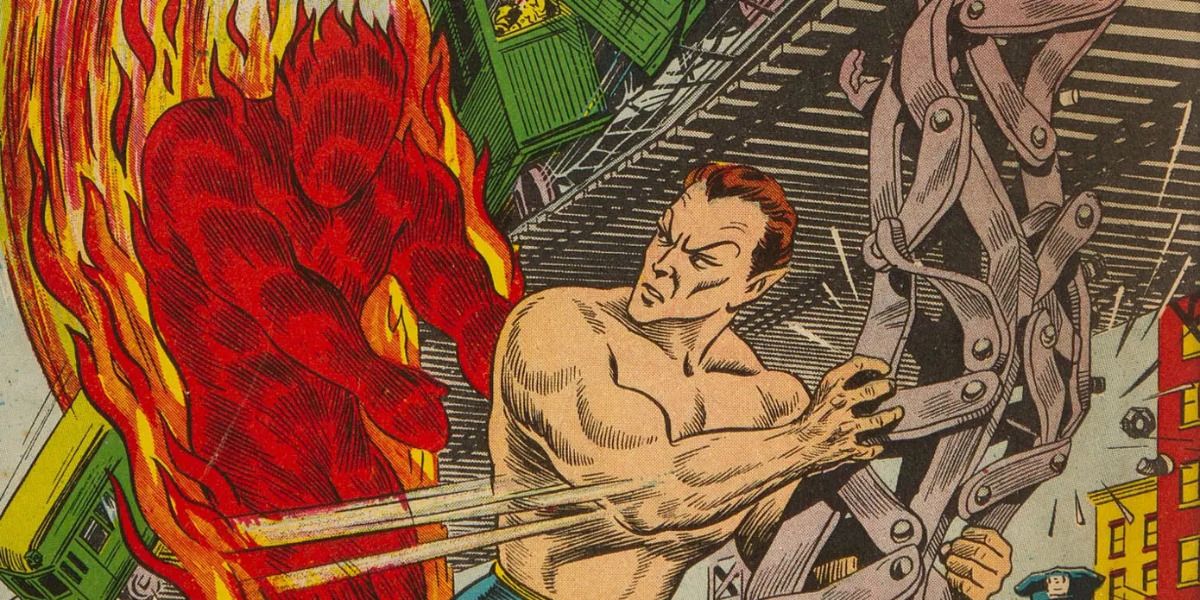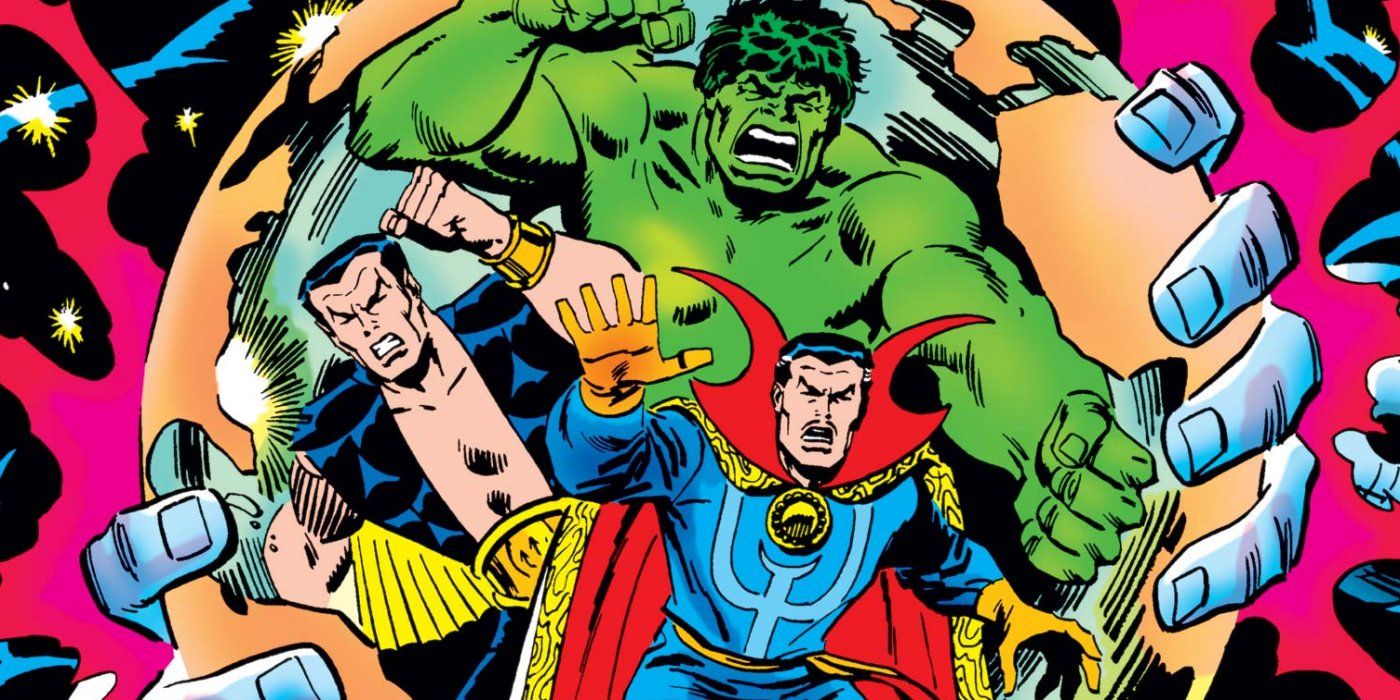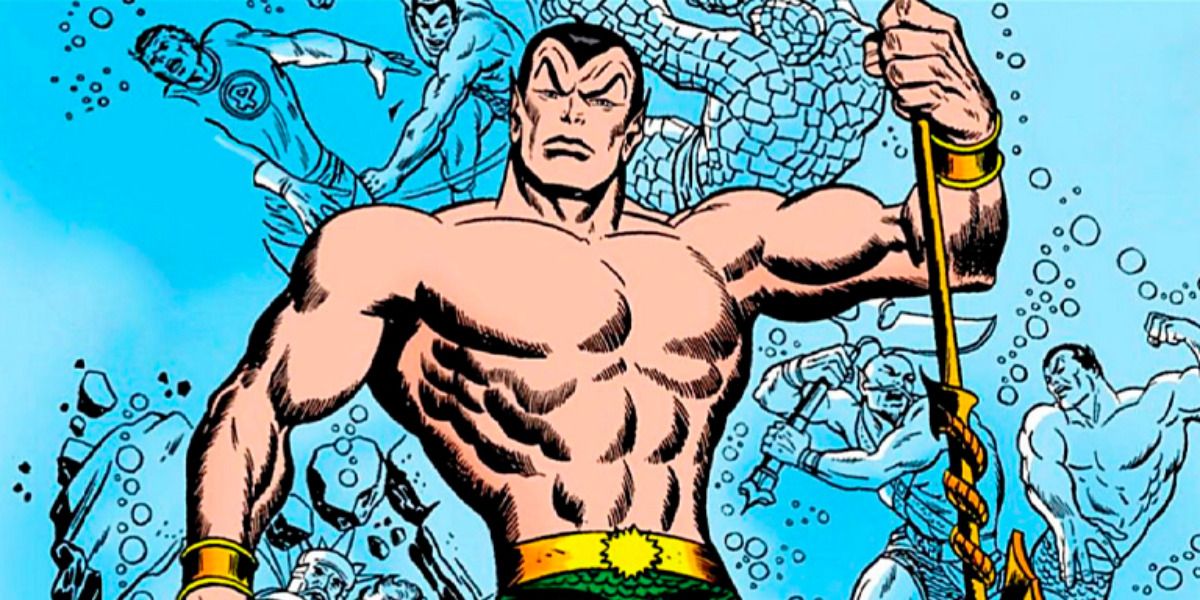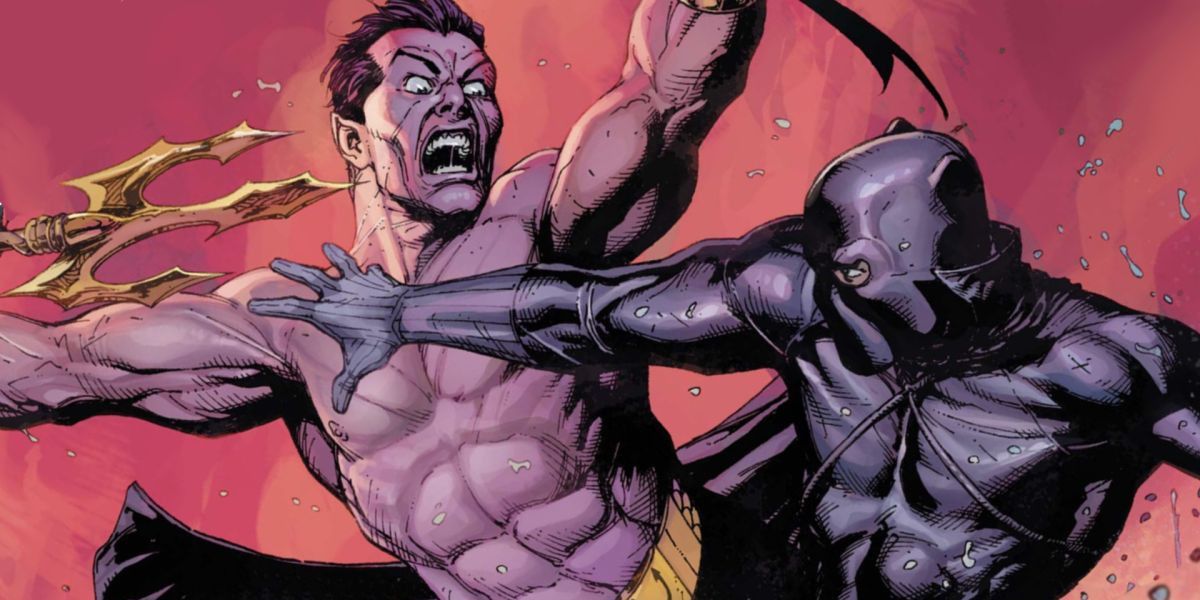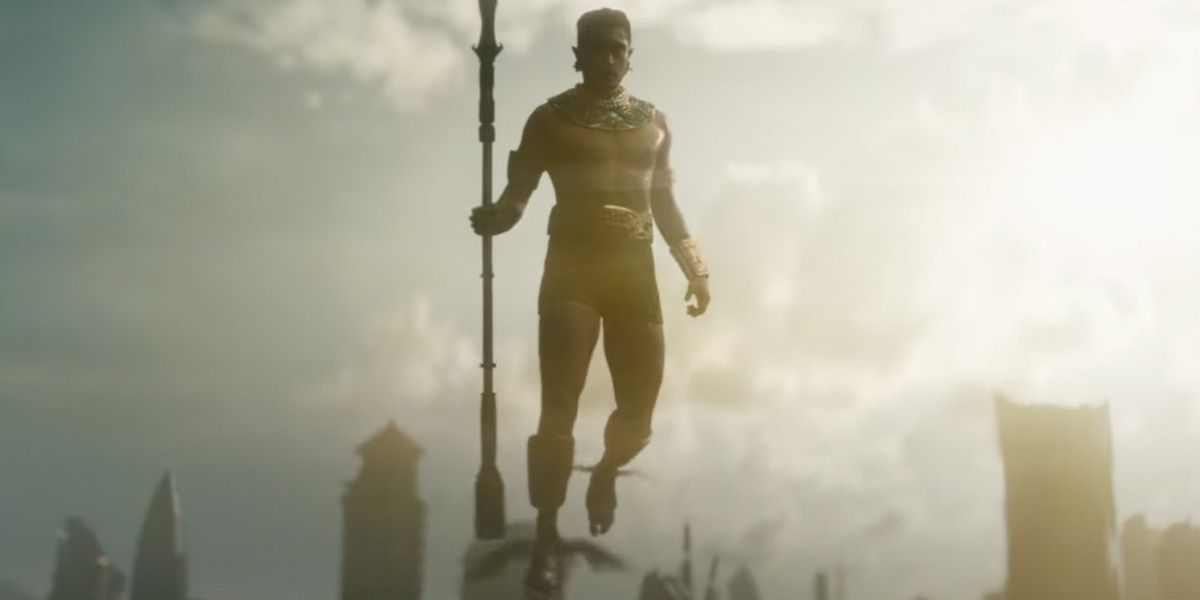With the recent release of Black Panther: Wakanda Forever, Golden Age Marvel comic fans have finally been rewarded for their patience in waiting for Namor the Sub-Mariner to make his MCU debut. The classic antihero has been a staple of Marvel Comics since writer Bill Everett created him back in 1939 as an antagonist for Marvel Comics #1 (actually published by Timely Comics, a precursor to Marvel).
In fact, it could be argued he is literally among the first three Marvel legends ever created alongside Captain America and the original Human Torch. Diehards have wondered how the translation from page to screen might transpire and what liberties Marvel Studios have taken with the foundation character.
He's A Person Of Color
Marvel wisely continues its slow but steady progress in casting and showcasing a wider variety of cross-cultural representation after the hallmark groundbreaking of the original Black Panther film, as recently seen in Phase Four projects like Shang-Chi and the Legend of the Ten Rings and Ms. Marvel.
In the new sequel, the decision to make the famed underwater mutant a person of Mesoamerican descent was fantastic and wildly different from the comics, wherein Namor is depicted as an Atlantean stemming from Anglo-Euro origins, often the case when writers use Atlantis as a construct. LatinX representation is still sorely underwhelming in the MCU apart from Doctor Strange 2's America Chavez, and this is another step in the right direction.
Namor Wears A Lot More Bling
The original Sub-Mariner was most often depicted clad in basic scaly green swim trunks. In truth, his look was one of his signature motifs, as artists could then draw his muscled contours head to foot, and thus he often went about his heroics or villainy in green underwear, presumably to move more sleekly in the water.
Tenoch Huerta's version of Namor, while retaining the green trunks in some scenes, utilizes many more accessories in his appearance. At several moments in the film, Namor dons traditional Mesoamarican garb, including a jaguar headdress, and is seen through much of the film wearing jade nose barbell studs and earrings as well as vibranium-gold alloy collars.
Atlantis Vs. Telocan
Namor's original Atlantis lay somewhere under the Antarctic ice pack, then was relocated somewhere off the coast of the Pacific Northwest, while the MCU's Talocan, clearly taking inspiration from Tlālōcān of Aztec mythology, is in the Atlantic Ocean. While much of Atlantean comic lore both in Marvel Comics and DC Comics has been rendered in the classic Plato-derived Eurocentric architecture of which most pop culture is familiar (most notably seen in the DCEU's Aquaman movie), Talocan's underwater beauty is stylistically rendered quite differently.
Depicted as a vibranium tech-augmented agrarian underwater paradise, the CGI used to portray the sprawling city in sculptures, farm works, and vibranium-gilded stone structures is cutting-edge Marvel wizardry and a great way to distinguish Talocan from Atlantis comparisons.
He's More Community-Minded Than His Source Material
While both versions of Namor are invested in protecting their peoples from the usually selfish and destructive ways of the surface people, the Sub-Mariner in the comic pages tends to run a lot more egocentric, xenophobic, and generally pompous and arrogant. While he is often found romantically interested in Susan Storm of The Fantastic Four, or squaring off as one of the X-Men's most powerful villains, more often than not, he's his own man doing things his own way and damn the consequences.
The MCU's Namor, while certainly possessing a measure of overconfidence, plays as a far more communal and caring leader and an integral part of his tribe, as shown when he engages with his community while touring Shuri around his underwater kingdom.
Their Mutant Inception Origin Is Completely Different
The original Sub-Mariner was born half-human, his father an American sea captain, and his mother the daughter of the Atlantean emperor. His abilities, including enhanced strength and speed, flight, and fully amphibious physiology, stemmed from the unique genetic mix his parents offered him in the hybrid of human and Atlantean DNA. Wakanda Forever's Namor gained his powers via his mother's ingestion of a vibranium-soil-enriched seaweed plant given to her and her people to treat colonial-brought smallpox.
The movie implies his pregnant mother's in-utero status, coupled with the plant's effects, somehow mutates Namor within the womb, resulting in his enhanced abilities as well as his normally-shaded skin rather than the blue shade his people take on afterward.
His Main Adversary Is Different
While in the current Marvel Comic continuity canon, Namor's primary counterpart tends to be Black Panther, it wasn't so back in his original inception. Framed in the cultural zeitgeist of the time, he was an enemy of the United States and frequently launched assaults on the surface-dwellers of America.
Readers enjoyed seeing a counterbalance of fire versus water, and so his primary deterrent was usually the android superhero The Human Torch (Jim Hammond, not to be confused with the later iteration as taken on by The Fantastic Four's best-known comic version in the character of Johnny Storm). However, Namor ended up joining the U.S. and its allies to fight Nazi Germany in many 1940s and 1950s comic titles.
The MCU's Namor Isn't Yet On A Team
Despite often being an isolationist zealot during much of his Marvel career, Namor actually is frequently, if reluctantly, part of or directly adjacent to many of Marvel's most noted councils and teams. During his World War II heyday, he was part of the Golden Age's The Invaders, and in the Silver Age era, he was a common member of the Doctor Strange-led The Defenders.
He's also been a part of the Illuminati in Marvel's modern era, and the empty chair shown in the alternate Illuminati universe in Doctor Strange 2: In the Multiverse of Madness was rumored to be reserved for an alternate Namor. The MCU's Namor just made his first public appearance, but fans can expect him to take a role alongside other MCU characters eventually.
Marvel Comics Namor Has More Superpowers
While it's quite possibly true MCU audiences haven't yet seen the extent or breadth of the new Namor's power set, they've certainly garnered an idea of his abilities from the movie, including flight, enhanced strength, amphibious adaptation, and telepathic communication with sea life.
Marvel Comics fans know Namor has all of these powers and much more. The comic Sub-Mariner was purported to have all the powers and abilities of sea creatures (most notoriously those of the electric eel and the acumen to wield electrical power), hydrokinetics, and at one point, even possessed the power of Jean Gray's Phoenix Force.
The Vibranium Conundrum
Vibranium continues to be the MCU's most coveted MacGuffin short of the Infinity Stones themselves. Whether it's Captain America's shield, or Ultron and Vision's upgrades, or Wakandan technology, vibranium constructs are an integral part of many Marvel storylines, including the most current one in Wakanda Forever. The studio changed the in-house mythology considerably by adding another vibranium source outside Wakanda deep in the underwater kingdom of Talocan, stemming from back in the 16h century when Namor's tribal shaman first came upon a discovery of a new deposit of the elusive metal.
Somewhat different than the comic Namor's baseline drives to protect general surface dweller incursions upon his people, the MCU Namor's motivations lie in the guarding of his people's own exclusive reserves of the precious metal, resulting in the movie's primary plot line, in which he tries to eliminate Riri Williams and her vibranium detection know-how.
MCU Namor Has A Godly Nickname
In Wakanda Forever, Namor's people, the Talokanil, all gain enhanced strength and the ability to adapt to living under the sea after ingesting the smallpox cure derived from the vibranium soil-enhanced seaweed herb, but Namor is the sole recipient of his so-called mutant skill of flight. While both comic Namor and MCU Namor are able to fly through the physics-questionable use of their winged feet, it's MCU Namor whose people believe he acquired the ability through his rebirth incarnation as the Mesoamerican winged serpent god K'uk'ulkan.
Diehard Marvel fans seem to be divided about the CGI rendition of flight via the flapping wings on Namor's feet, and some are wondering whether they should've been aesthetic only as often depicted in the comics pages.

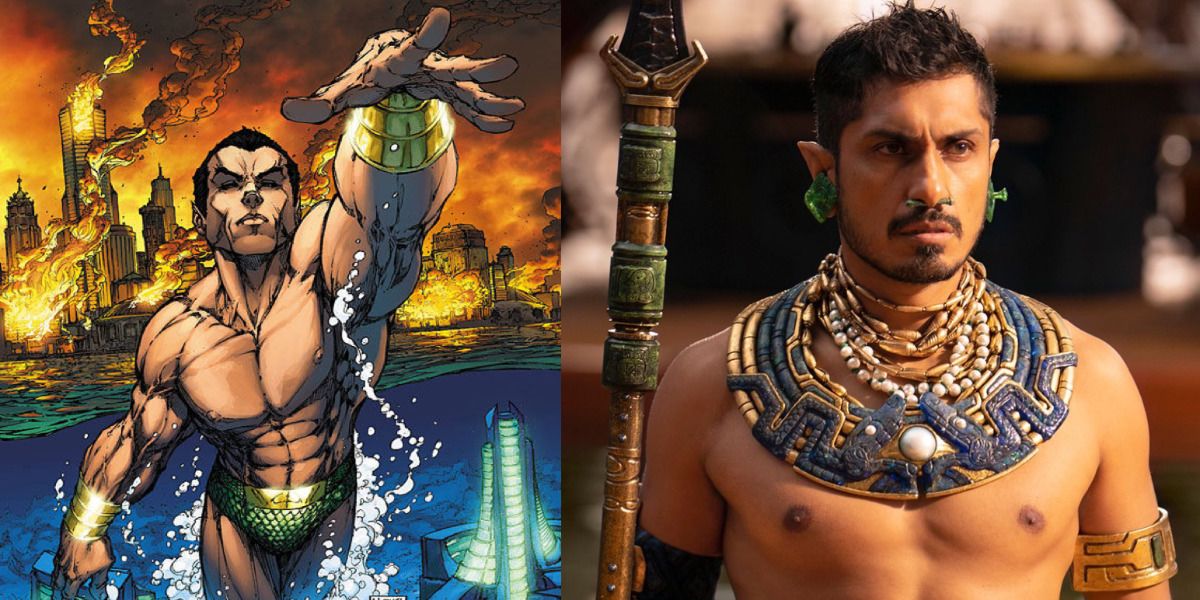
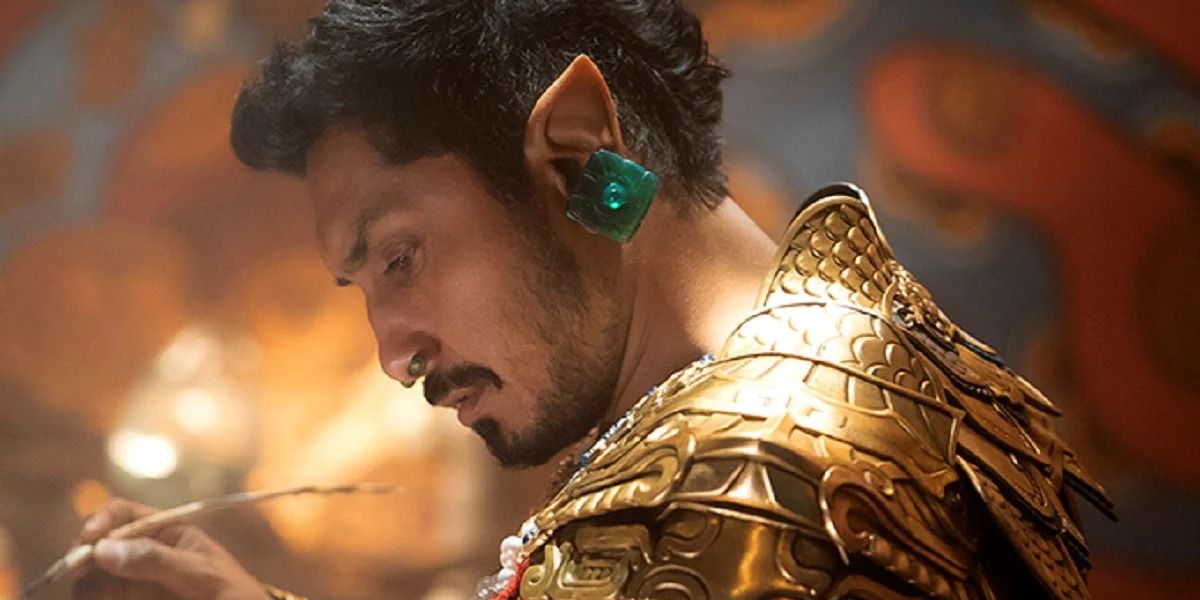
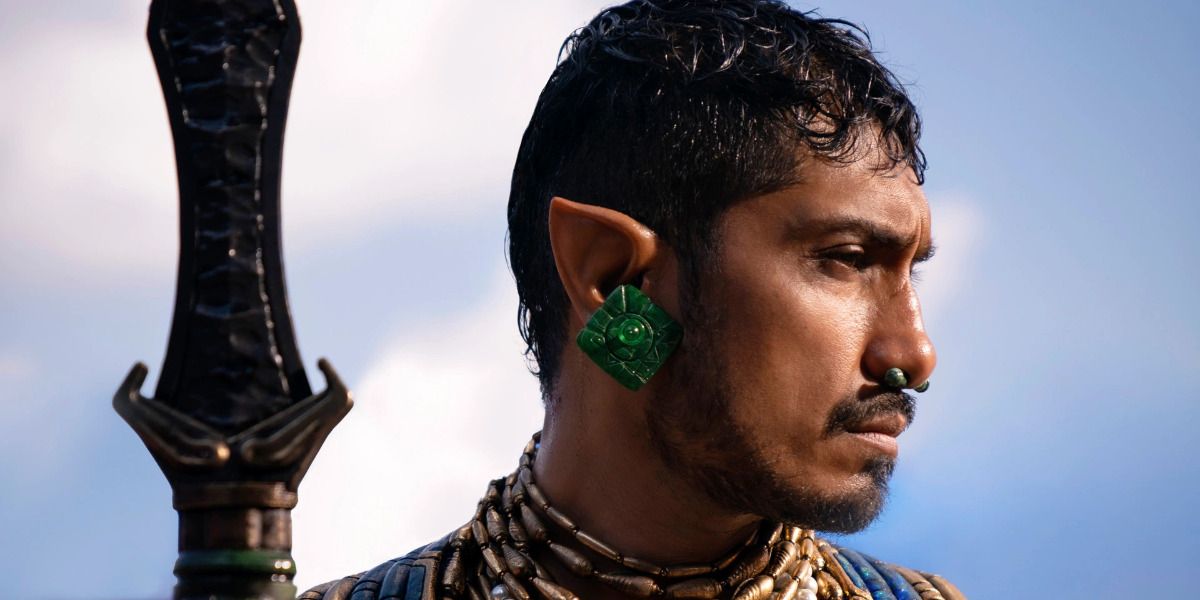
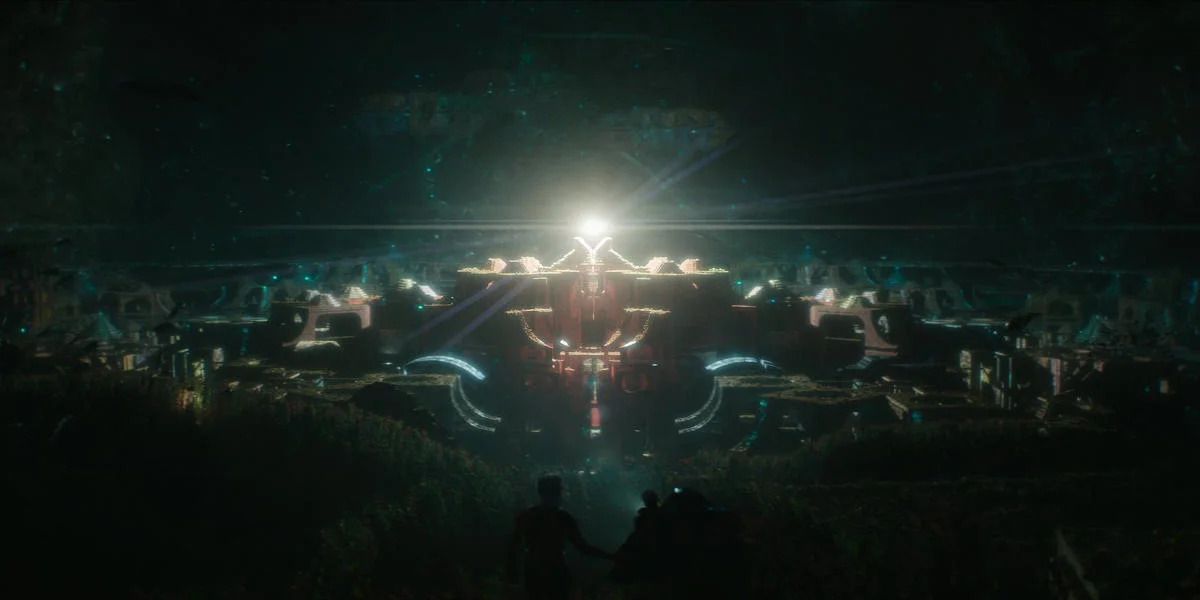
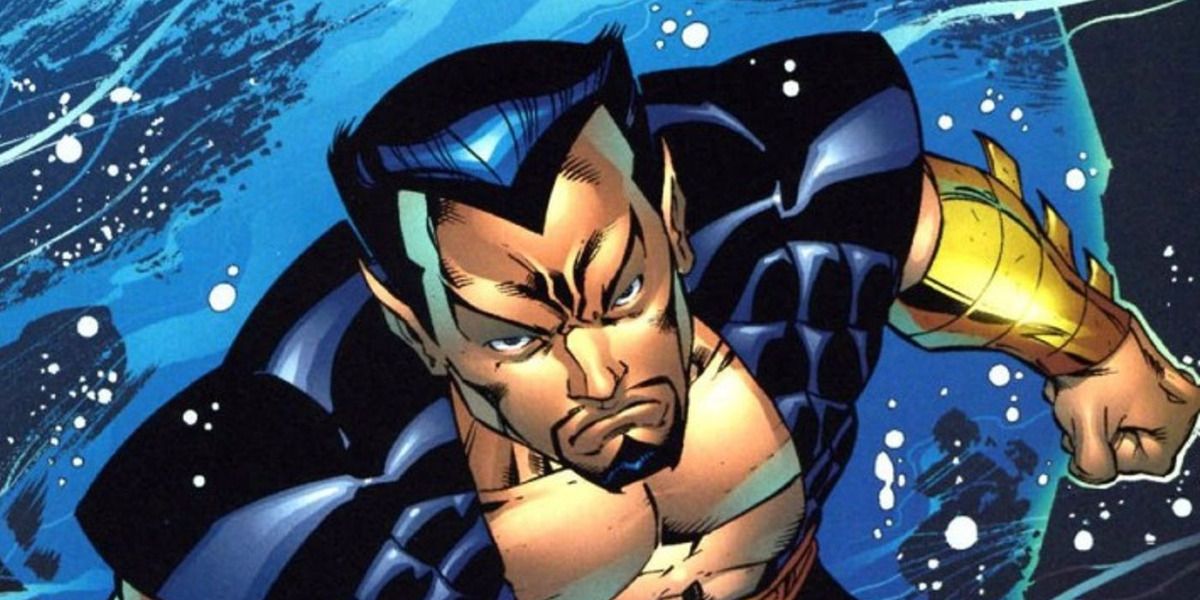
.jpg)
